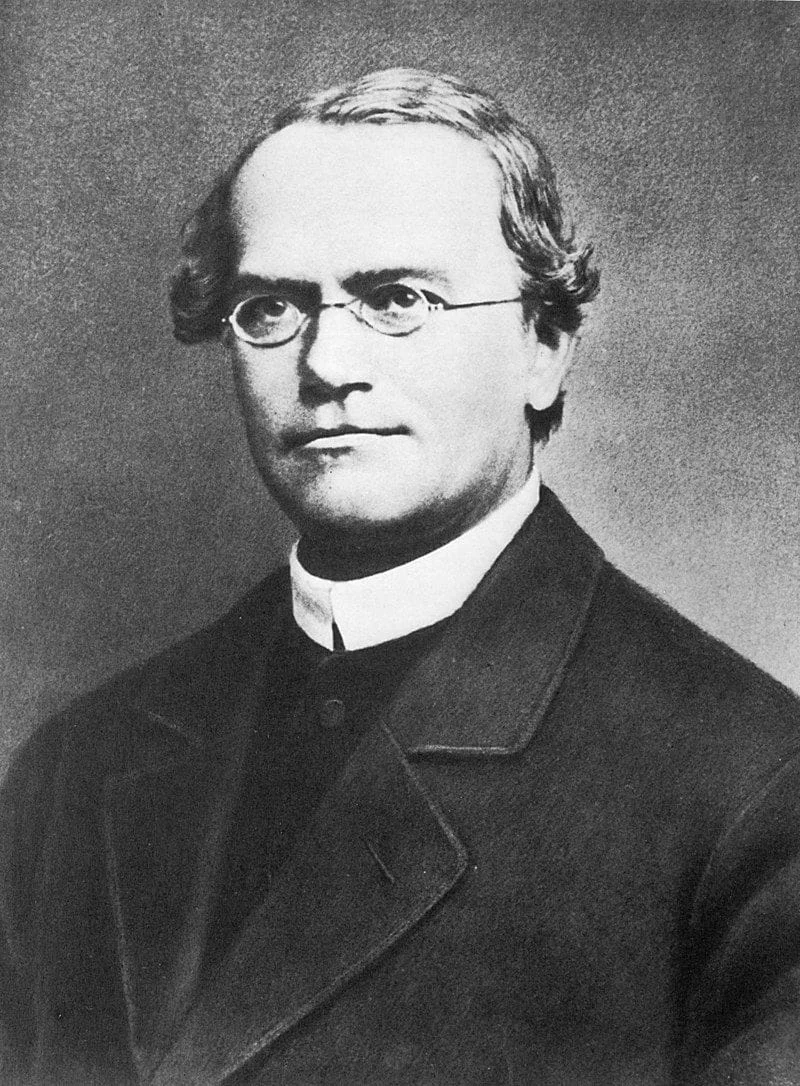Real Celebrities Never Die!
OR
Search For Past Celebrities Whose Birthday You Share

source:wikimedia.org
Nettie Stevens
Birthday:
07 Jul, 1861
Date of Death:
04 May, 1912
Cause of death:
Breast cancer
Nationality:
American
Famous As:
Cytologist
Age at the time of death:
50
Introduction: A Pioneer in Scientific Discovery
In the annals of scientific discovery, some names rise not from grand pronouncements or dramatic experiments, but from meticulous observation and unyielding perseverance. Such was the case with Nettie Stevens, an American geneticist who, against formidable odds, cracked the code of sex chromosomes, forever altering our understanding of reproduction and inheritance.
Early Life and Education
Born on July 7, 1861, in Cavendish, Vermont, Stevens’ early life was a testament to resilience and independent spirit. Despite limited educational opportunities for women in 19th-century America, she carved her own path. Working as a teacher to finance her studies, she eventually earned a B.A. from Stanford University in 1899 and, with unwavering zeal, pursued a graduate degree. In 1903, defying the male-dominated academic landscape, Stevens obtained her Ph.D. in cytology from Bryn Mawr College – a remarkable feat for a woman at the time.
Early Scientific Interests
Driven by a thirst for knowledge, Stevens immersed herself in the burgeoning field of cytology, the study of cell structure. Initially drawn to the regeneration of animal tissues, her research soon led her to investigate the mysteries of cell division and, ultimately, the chromosomes that hold the blueprint of life.
Gender-Based Challenges
Nettie Stevens faced gender-based challenges throughout her career. At a time when women were often excluded from scientific circles, she navigated a path to make significant contributions in genetics. She never married, and her life was dedicated to her scientific pursuits.
Professional Journey and Academic Achievements
Nettie Stevens began her professional journey as a teacher, but her passion for science led her to pursue advanced studies. In 1901, she earned a Ph.D. in genetics from Bryn Mawr College, becoming one of the first women to receive a doctorate in this field.
Discovery of Sex Chromosomes
In 1905, a fortuitous observation made during her studies of the mealworm beetle (Tenebrio molitor), changed the course of her life and scientific history. Under the microscope, she noticed that male mealworms produced two distinct types of sperm: one with a large chromosome and one with a small chromosome. This seemingly simple discovery held a profound implication – it suggested that sex might be determined not by external factors, as previously believed, but by the intrinsic composition of chromosomes.
Expanding the Research
Further meticulous research on diverse organisms, including grasshoppers, frogs, and mammals, confirmed her initial hypothesis. Stevens painstakingly documented that females consistently possessed two large chromosomes, while males had one large and one small chromosome. These distinct pairs she later named the X and Y chromosomes, laying the foundation for our modern understanding of sex determination.
Recognition and Gender Discrimination
While her groundbreaking work received immediate recognition within the scientific community, Stevens faced the stark realities of gender discrimination. Denied a full professorship at Bryn Mawr, she continued her research as an associate, tirelessly pursuing her passion while navigating the limitations imposed on women in academia.
Nettie Stevens's Quote's
Tragic Death and Enduring Legacy
Nettie Stevens tragically passed away on May 4, 1912, at the age of 50, succumbing to breast cancer. Despite her untimely death, Nettie Stevens’ legacy endures. Her pioneering work paved the way for advancements in genetics, embryology, and evolutionary biology. Her meticulous methods and unwavering dedication challenged prevailing beliefs and opened doors for future generations of women in science.
Name:
Nettie Stevens
Popular Name:
Nettie Stevens
Gender:
Female
Cause of Death:
Breast cancer
Spouse:
Place of Birth:
Cavendish, Vermont, United States
Place of Death:
Baltimore, Maryland, United States
Occupation / Profession:
Her work on sex chromosomes laid the foundation for understanding genetic inheritance and disorders like Turner syndrome and Klinefelter syndrome.
Her research initially faced some skepticism, as the male-dominant scientific community struggled to accept a woman making such a groundbreaking discovery.
She was a prolific writer, publishing over 38 papers throughout her career, despite limited resources and access to scientific equipment.
hough not the first to discover differences in sex chromosomes, Stevens was the first to definitively link them to sex determination.
on July 7, 2016(her 155th birthday), Google created a doodle showing Stevens peering through a microscope at XY chromosomes.
She was inducted into the National Women’s Hall of Fame In 1994.
One of the first scientists to find that sex is determined by a particular configuration of chromosomes.
Stevens was honored by Westfield State University on May 5, 2017, with the dedication ceremony of the Dr. Nettie Maria Stevens Science and Innovation Center.
